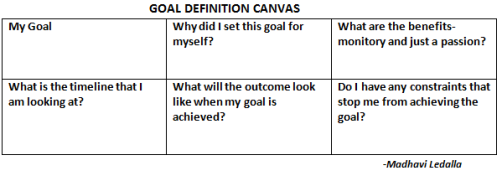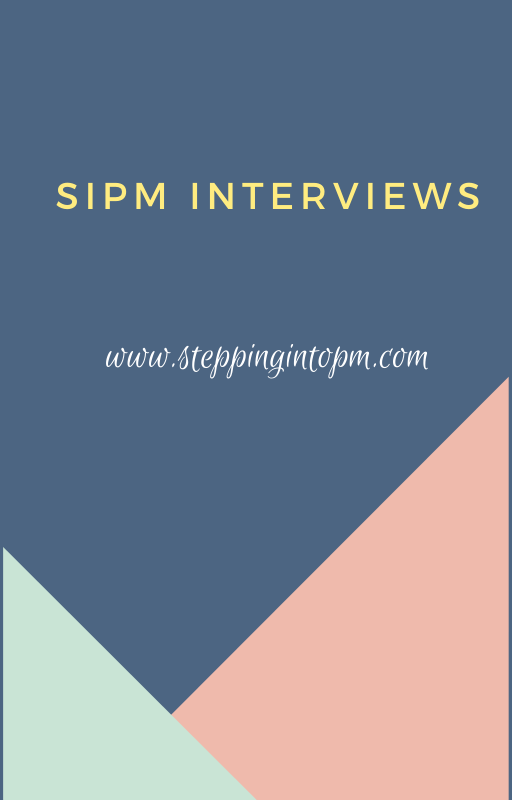This is an interview with Jen, the Co-Founder
& COO of Wolf Flow; a Wisconsin based company. If you are like me and like productivity apps or
hacks, this might be for you. To understand about the unique concept and why
this software might be helpful, read the interview.
1. The concept looks wonderful, please tell us
what was the inspiration behind creating the software
I’m so glad you see value in the idea!
I previously worked as an Account Manager for an
advertising-technology startup in Los Angeles. In my position, I managed 12
clients who I spoke to daily either through email, performance calls, or
meetings. One afternoon in 2016, I was working on a global marketing campaign
that I needed a handful of resources to complete (multiple browser tabs, and
excel doc, and the client’s website).
Just when I had my desktop setup just how I
needed, I got a call from another client with an issue I had to address
immediately. I began pulling open new windows on top of my perfectly
organized desktop to put out the fire. When I was done fixing the issue, I
realized my desktop was now full of chaos and I no longer had the resources
open that I needed for my project. In this moment, I thought to myself, “Man..
If only I had something that allowed me to save groups of windows for each of
my clients, I could easily save where I left off for each letting me jump
between them easily.” That evening, I started to research what tools were out
there to help me with this paint point, but came up empty handed. From there, I
shared this frustration with Alex Coffin my co-founder, and he realized he
experienced this same frustration as a technical sales engineer.
Seeing as we both felt this frustration in our
roles daily, we decided to do something about it! We are both so passionate
about trying to make daily routines for professionals who work on their
computers more effortless and help them to work smarter. A lot of people
(including myself) have gotten into a mind state that we have to accept how
things are sometimes, I just finally reached my tipping point.
2. The fact that you are saving time by using
Wolf Flow seems amazing, did you always have time management in mind when
developing the software?
Time management is a bit of an additional
benefit to using Wolf Flow.
For us, the main problem we were trying to
tackle with Wolf Flow was alleviating the digital and cognitive chaos
professionals experience when trying to juggle so many different tasks, clients
or projects.
Companies continue to pile work on employees,
a lot of times more than we really can handle. Unfortunately, I don’t think
this will be changing. We wanted to create a solution that decreases the
mundane busy-work of having to minimize and shuffle through windows and tabs
when trying to switch between priorities, helping professionals have the
resources they need for any project, client or task at their fingertips with
the click of a button. With these smoother and quicker transitions is
when we begin seeing time being saved.
This time then can be used to either tackle
another project, learn a new skill, or even get home on time to have dinner
with one’s family. Wolf Flow also helps workers to be more productive by being
able to focus on one task at a time, instead of accidentally clicking on the
wrong tab and having their attention pulled away from what they were trying to
do in the first place. Wolf Flow’s Sessions ensures that you only have
the resources (windows and tabs) open for that task you are trying to focus on,
minimizing distractions.
3. Tell us the top 3 advantages of using Wolf
Flow?
1.
Minimizes the chaos
o Going back to my story - the biggest benefit to using Wolf Flow
for professionals is not having to deal with the chaos of having lots of tabs
and windows open at once (all for different tasks). Wolf Flow helps to organize
resources to minimize the chaos.
2.
Task-Switch
Efficiently
o With all of our shifting priorities and different hats we need
to wear at work these days, Wolf Flow helps people transition between these
shifting priorities efficiently. People no longer need to search for that
window they are look for, but instead can find what they need, when they need
it.
3.
Recover More Quickly
o Interruptions are inevitable in the workplace (externally and
internally). By being able to save the state you were in for a client,
project or task to a Session, ensures that you can easily pick back up right
where you left off. That way if a client calls and you have to switch gears
quickly, you can easily save the resources you were working on into a Session
and click into that client’s Session (who just called) to tackle the new
issue. Resources are always saved even if you close out a session,
allowing you to jump back into your project or task days, weeks or months later
right where you left off.
4. Can users who the Opt the free version,
always have it free? or is it limited time offer?
Our free tier will remain free!
Our mission is to help the average
professional, and with that we don’t want to have cost get in the way. Our free
version allows you to use the software indefinitely (with free updates), just
with limited features. The biggest limitation for the Free tier is being
limited to 2 Active (open) Sessions at a time.
However, people can still create and save an
unlimited amount of Sessions.
From there we have our Power Tier $4.99/month
that adds in hotkeys for more control and Silent Mode to help your focus.
And our top Pro Tier at $14.99/month has
Automated Time Tracking and Analytics. We are super excited about this feature
as its the first of its kind. You don’t have to start or stop anything like you
do with other time tracking tools. All you have to do is work within your
Sessions and we automatically track for you.
You can also pull reports for customized time
frames by day, week or month that show you how much time you spent in each
Session.
I will also mention that our Power and Pro
tiers have a 30-day trial and we also offer enterprise discounts.
If you would like to know more details about the software, I
suggest you give this link a read
Side Note: If you liked the interview, you might like these too
If you would like to be interviewed or showcase a product,
please write to steppingintopm (at) gmail.com with the subject line- Product/Software/Book
review request.
(Pic courtesy: https://wolfflow.io/ website)


















